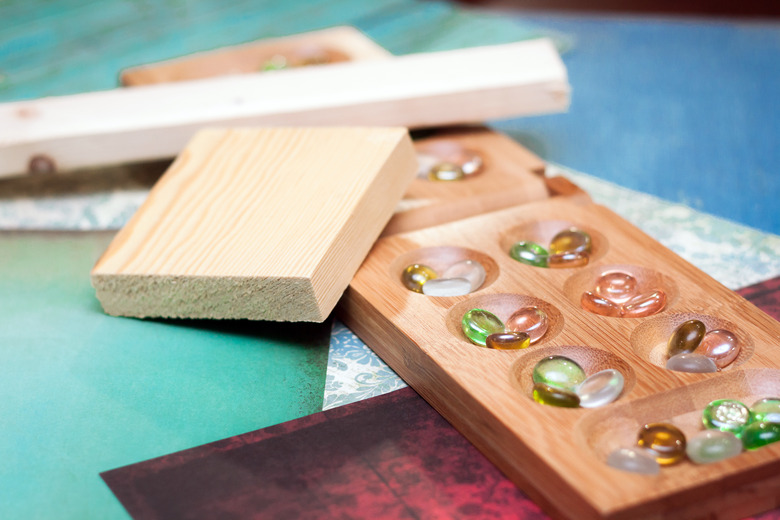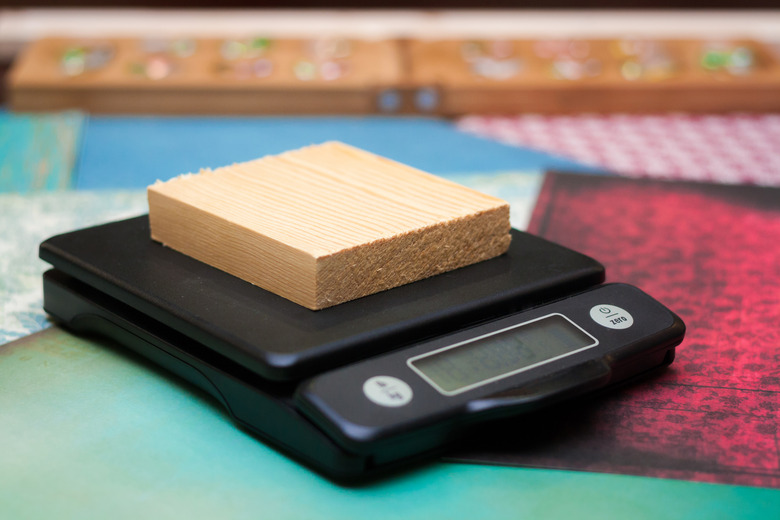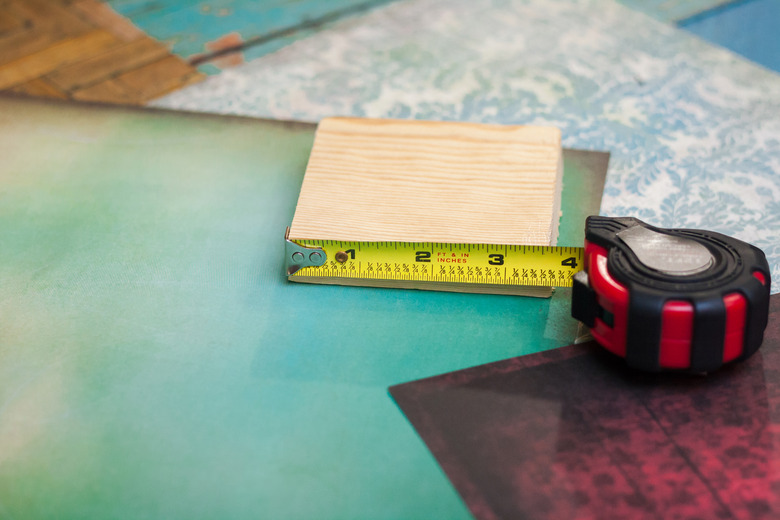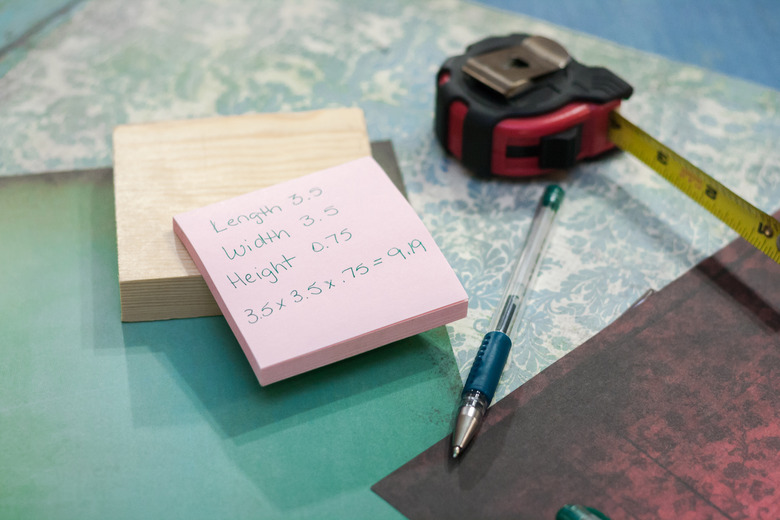How To Measure Wood Density
You can calculate wood density by measuring its mass and volume. In the Imperial system of measurements used in the United States, density is often measured in units of pounds per cubic feet. This is technically called specific weight, since "pounds" is a measure of weight and not mass. Because weight and mass are closely related by gravity, which only varies a small amount on Earth, this specific weight measurement is still considered a measure of density.
Step 1
Weigh your piece of wood in units of pounds. The piece can either be a block or a cylindrical piece such as a section of a trunk. Do this on a weight scale.
Step 2
Measure the length, width and height of ta block of wood. This measurement should be in units of feet.
Step 3
Calculate the volume of the block of wood by multiplying length by width by height for rectangular pieces. Calculate the volume of a cylinder by dividing the diameter by two to calculate the radius. Square the radius and multiply the result by 3.14, and then multiply your product by the length. As an example, if you had a piece of firewood that was 1.25 feet long with a diameter of 1 foot, the radius would be 0.5 foot, and the volume would be 0.98 cubic foot.
Step 4
Divide the weight by the volume to calculate specific weight, or Imperial density. In the example, if the weight was 20 pounds, then the density would be 20.4 pounds per cubic feet.
Things Needed
- Tape measure
- Weight scale
- Wood block
Cite This Article
MLA
Taylor, C.. "How To Measure Wood Density" sciencing.com, https://www.sciencing.com/measure-wood-density-7767463/. 24 April 2017.
APA
Taylor, C.. (2017, April 24). How To Measure Wood Density. sciencing.com. Retrieved from https://www.sciencing.com/measure-wood-density-7767463/
Chicago
Taylor, C.. How To Measure Wood Density last modified March 24, 2022. https://www.sciencing.com/measure-wood-density-7767463/




